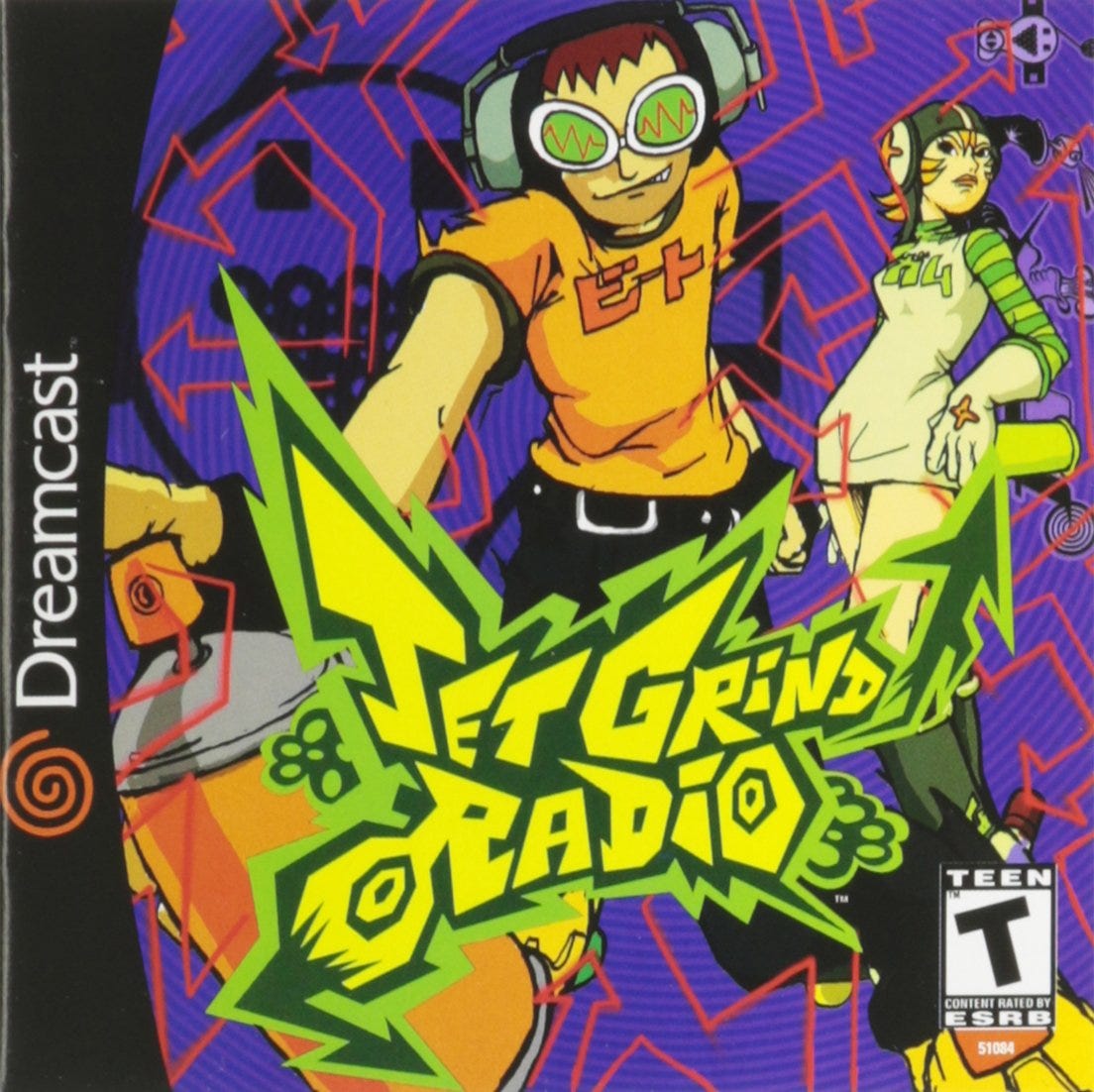Rap Samples and Unexpected Replays in Video Game Scores
A look at the art of sampling and interpolation in computer and video games.
I’m currently working on a deep dive article for Reverb about Memphis underground rap tapes from the 1990s. I also interviewed brainorchestra. recently about his The Wizard's Scroll album (interview coming soon), which was inspired by the 1990 SEGA game The Immortal. In the process I’ve become even more obsessed with tracing the origin and evolution of sample sources in recorded music.
Shortly after speaking with brainorchestra., I started researching video game scores for a separate article idea. Video game music is a fascinating rabbit hole of discovery where I’m admittedly somewhat of a novice.
One aspect of video game music that I’ve found especially interesting is the amount of interpolations and samples of early rap records. Many composers also have an ear for popular sample sources and iconic breakbeats. For context, check Naofumi Hataya’s work on “Stardust Speedway (Present)” from the 1993 game Sonic CD. Over a replay of Shakatak’s “Walk the Walk,” he squeezes in a sample of Kurtis Blow’s 1984 DJ tribute “AJ Scratch” intermittently throughout the song. This is just one of several references to hip-hop culture from his extensive catalog.
Listen closely and you’ll also hear a single hit from T La Rock and Jazzy Jay’s 1984 classic “It’s Yours” in “Wacky Workbench Present” (also from Sonic CD), Tone Lōc’s voice on “Tactics Preparation” from the 1994 SEGA Mega Drive game The Hybrid Front, and heavy usages of The Winstons’ classic “Amen, Brother” drum break in “Rival Battle: Metal Sonic ‘Stardust Speedway’” from 2011’s Sonic Generations.
Like Hataya, Hideki Naganuma is another video game composer with an ability to embed classic breaks and samples into his scores. He worked fragmented pieces of The Treacherous Three’s 1981 sample goldmine “Feel The Heartbeat” into the excellent “Humming The Bassline” from the turn of the century Dreamcast game Jet Set Radio. Interesting rap-related samples like Flavor Flav’s voice can be found on several other songs throughout the soundtrack.
Prior to the release of Jet Set Radio, Naganuma utilized the three most-sampled songs of all-time on one track, taking bits of The Winstons’ “Amen, Brother,” Lyn Collins’ “Think (About It),” and Beside/Fab Five Freddy’s “Change The Beat (Female Version)” to create “Drive Me Mad for Select” from 1998’s Sega Rally 2. “Amen, Brother” is also featured on several other songs from the game.
Beyond samples, it’s also really fun to explore all of the different interpolations and replays in computer and video game scores over the years. On the 1984 Commodore 64 game Lazy Jones, composer David Whittaker pulled off a sly replay of Nena’s ‘83 hit “99 Luftbaloons” around the 1:30 mark of this video. 15 years later Zombie Nation replayed elements of Whittaker’s original score for the massive hit and pro sports arena anthem “Kernkraft 400.”
Finally, one of the most well-known pieces of video game music ever created—famed composer Koji Kondo’s “Super Mario Bros. Underworld Theme”—is actually a replay from the opening of Friendship’s Don Grusin-produced 1979 track “Let’s Not Talk About It.”
Who knew this was a replay from somewhere else? I had no idea.
In addition to the thousands of samples you’ll find on video game soundtracks, rap producers have also gone to video games a frequent sample source for decades.
But that’s another story for another day.
If you enjoyed this article, please subscribe to the Micro-Chop newsletter to support independent music journalism.


One of my favorite unofficial cover is from the C64 game Marauder who covers a track from sister of mercy and john carpenter's assault of precint 13 https://www.youtube.com/watch?v=Kqvy6HIqDG8 The game market was so small and niche that they didn't care about stealing songs.
That Friendship reference is a deep, deep cut. Wow.